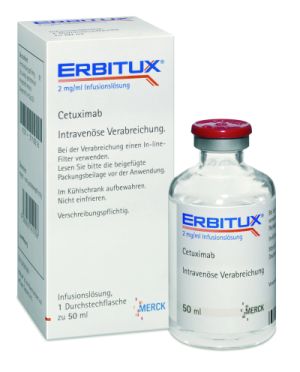
Before I even begin, I should state that Americans, by and large, have absolutely no idea what health care costs. This means doctors’ visits, prescription costs, and anything else you can think of. Insurers have added a layer of abstraction to health care equation that insulates the public from what drugs, in this case, actually cost. (As a result, you’ll find patients complaining about insurance companies far more often than you’ll hear them complain about anything else.) By and large, this insulation is probably a good thing — when one is sick, worrying about what something costs should be the last thing on one’s mind. Many HMOs charge a flat copayment for long hospital stays. Rarely does a patient see an itemized bill.
The downside of this is the “Holy crap!” factor that a patient experiences when a particular treatment is not covered. I see it every day, and I’ve grown immune to it and the string of complaints that usually ensues. (What I do find funny in a sad sort of way is that the patient often blames the wrong entity for their misfortune — for instance complaining about Blue Cross when they should be complaining about Express Scripts.) Every once in a while, the media catches hold of a particular drug or class of drugs and focuses in on how exorbitant the cost is, and how it shouldn’t be that way. Sometimes they’re right, and sometimes they’re wrong.
This time, the media was wrong.
The WSJ recently shined its influential spotlight on the cost of several cancer drugs — it was the top story on the first page of section B — the article examines the cost of several medications, and makes erroneous comparisons to the backlash against HIV meds. Yes, Erbitux is expensive. Revlimid is expensive, and so is Avastin. But you don’t see lines of terminally ill cancer patients picketing oncology clinics. (And it’s not just because they’re terminally ill.)
The value that these drugs provide is real. Erbitux, the most expensive drug named in the WSJ article, has been shown to extend the median survival rate for patients suffering from certain head and neck cancers from 28 to 54 months. I do not know how much Erbitux cost to develop — I can’t seem to find that information — but I do know that the “average” cost to bring a New Chemical Entity (NCE) to market is about $500 million. Erbitux, being a monoclonal antibody, probably cost closer to $800-1,000 million to develop. Sales of Erbitux for 2005 totaled some $281 million worldwide. (It’s also interesting to note that North America only accounts for 2% of Erbitux’s sales!) Calculating the costs of manufacture, transport, and recovering R&D costs, and you’ll find that Erbitux hasn’t even paid for itself yet, so it’s not as though ImClone is getting fat on Erbitux profits. Yet.
Drugwonks has some additional food for thought about some of the other metrics involved:
Indeed, the entire article ignores three important questions: Are the new generation of cancer drugs better than previous therapies? What would the economic and medical impact be if all these therapies were used in treating various forms of cancer? Are oncologists using these new treatments in an optimal fashion?
Their basic conclusion is that these drugs are significantly better than previous therapies — a longer lifespan is certainly easy to measure. In purely financial terms, the cost of Erbitux runs about $120,000 for a year, whereas a human life is estimated to be worth about $300,000 a year. (Disclaimer: I have no idea how that figure was arrived at.) The point stands that $120,000 for a year’s worth of treatment is expensive by anyone’s measure, but the question of whether it’s too expensive (in moral and ethical terms) is far from answered. In my opinion, it has not reached that point yet.
[tags]Erbitux, journalism, bad journalism, pharmacy, R&D, ImClone, WSJ, Wall Street Journal, Avastin, Revlimid, Tarceva, oncology, cancer[/tags]
4 thoughts on “The real cost of healthcare”